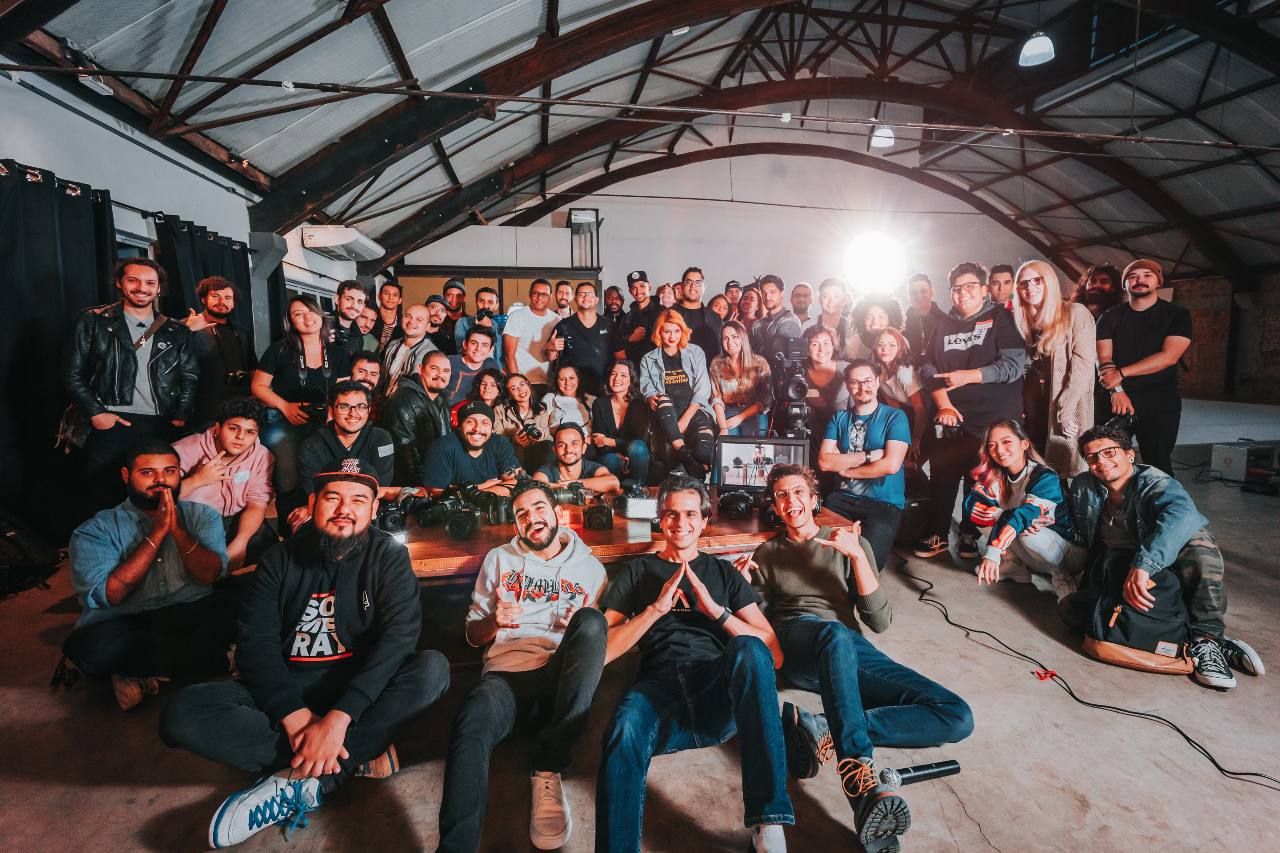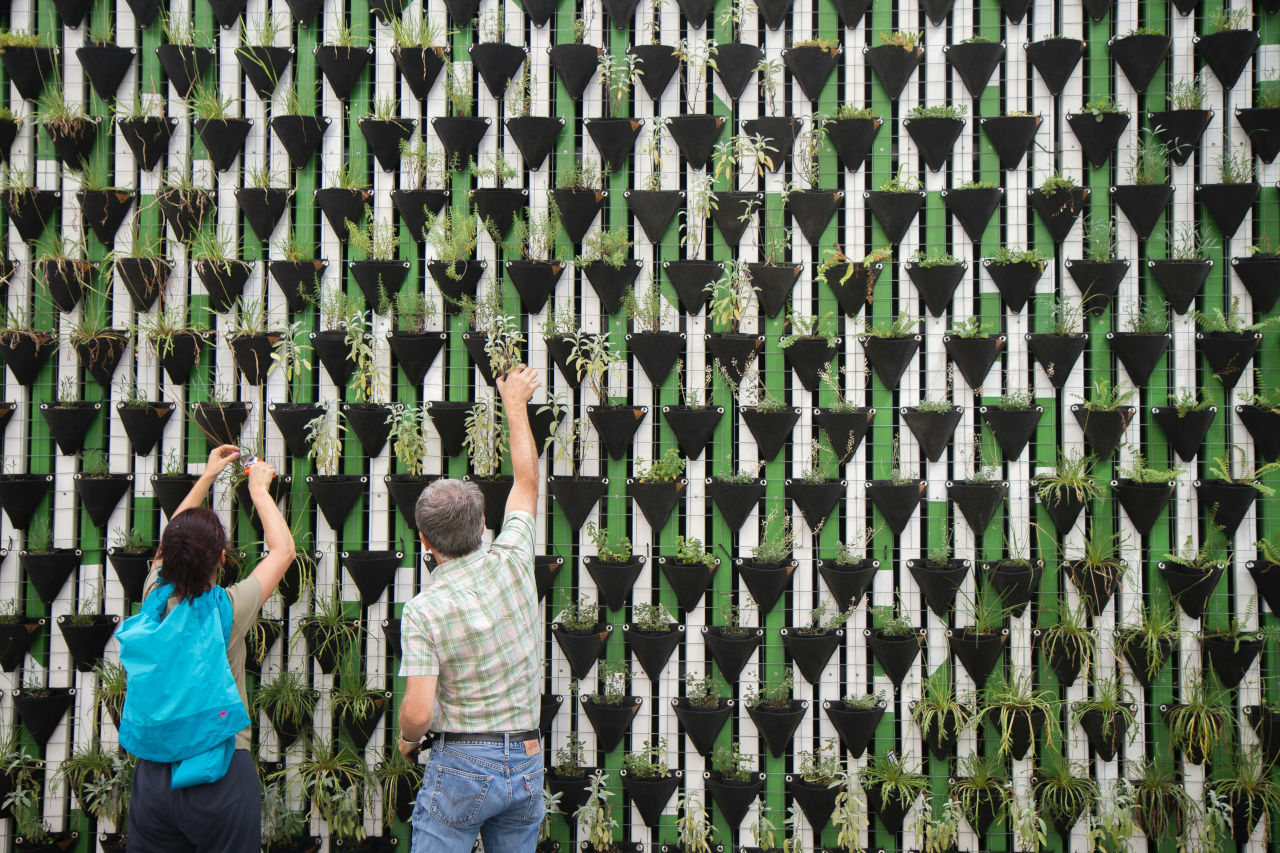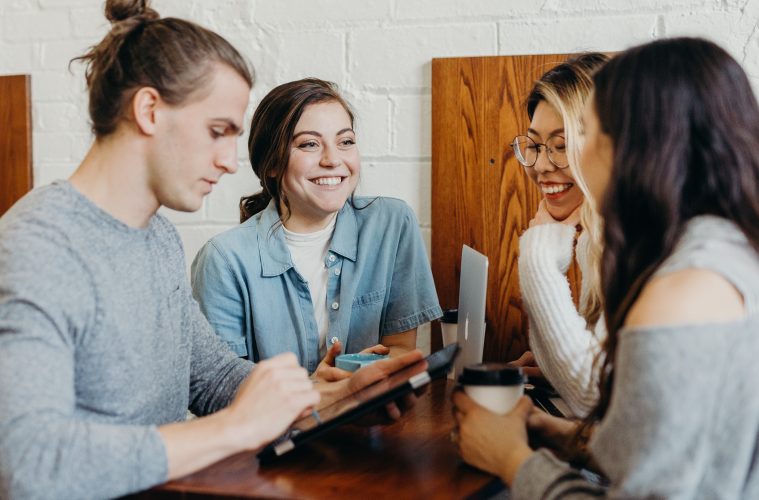Flow is often characterized as an individual experience where we are so completely focused on an activity that we become immersed “in the zone”.
The main reason for this is that most of the psychologist Mihaly Csikszentmihalyi’s initial research at the University of Chicago focused on individual performance.
However, the most powerful flow experiences often occur in groups through coaching, collaboration and teamwork. Developing an understanding of group flow principles can be helpful for entrepreneurs, coaches and leaders who want to improve the way they facilitate group collaboration.
The psychological research into the principles of group flow was done in the 1990s by one of Mihaly Csikszentmihalyi’s students named R. Keith Sawyer, who is now the Morgan Distinguished Professor in Educational Innovations at the University of North Carolina in Chapel Hill.
Sawyer was initially interested in the social dynamics of improvisational groups and then he expanded his research into how groundbreaking ideas and innovations often happen through group collaboration.
Group Genius
In his book Group Genius: The Creative Power of Collaboration he talks about how his interest in group flow emerged from his passion for improvisation and jazz:
“I began to explore these question by studying jazz ensembles. I was a jazz pianist throughout high school and college, and I’ve often sat in with professional groups. Basing my research on Csikszentmihalyi’s seminal work, I discovered that, sure enough, improvising groups attain a collective state of mind that I call group flow. Group flow is a peak experience, a group performing at its top level of ability.”
Sawyer examined decades of scientific research and he concluded that groundbreaking creativity and innovation often spring from collaboration, conversation and social networks — which challenges the cultural myth of the isolated genius.
Here is how Sawyer defines the experience of group flow, which he found was a common experience on the highest performing teams:
“Group flow is not the same thing as the psychological state of flow. It depends on interaction among performers and it emerges from this process. This group can be in flow even when members are not; or the group might not even be in flow even when members are. The study of group flow thus requires a fundamentally social psychology and must proceed by examining the interactional dynamics among members during performance.”
Understandably, his research has attracted a lot of attention from large corporations and organizations that rely on constant innovation like Google, which has used principles of group flow in their quest to build the perfect team.
Here are 5 key pillars that Google’s research has found underpinned their most successful teams:
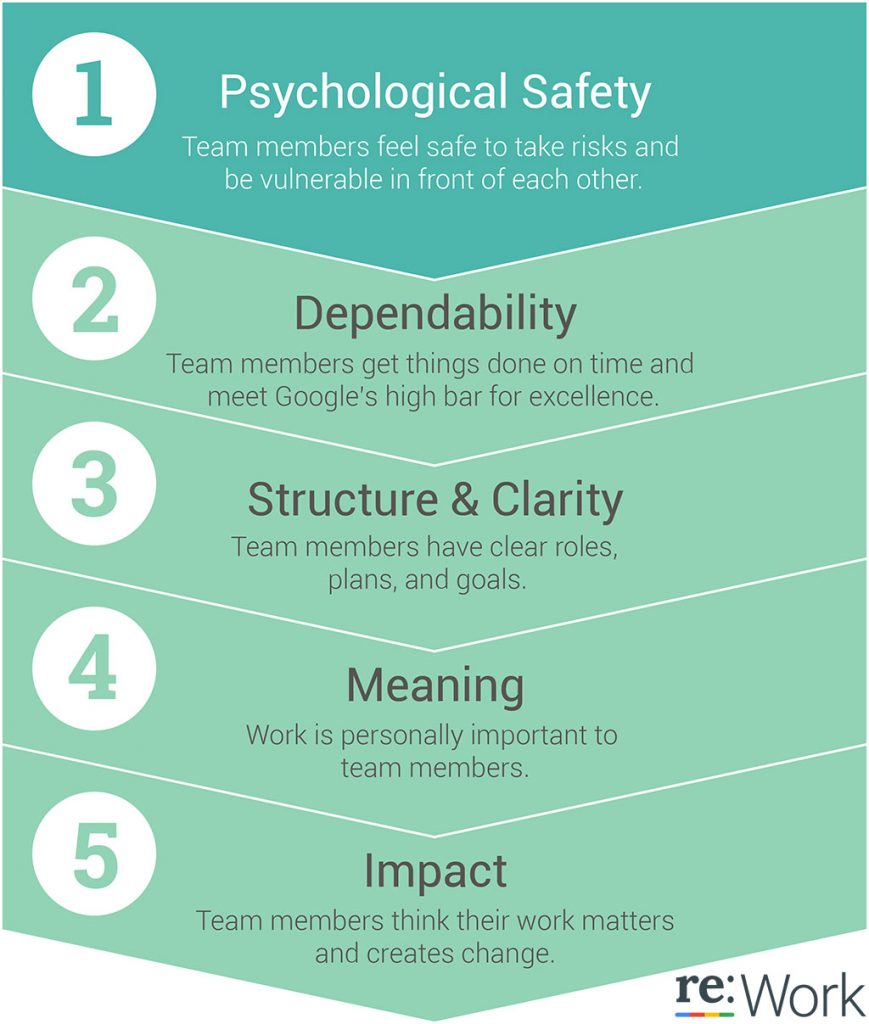
Sawyer’s research provides a lot of insight into how to improve creative collaboration in teams.
Developing an understanding of the principles of group flow is helpful for leaders who want to become better at managing teams, coaches who want to lead group coaching programs and facilitators that want to create interactive workshop experiences.
Want to apply the principles of group flow to build your own experiential learning community? Get my free Group Flow Coaching Community Guide.
The 10 Principles of Group Flow
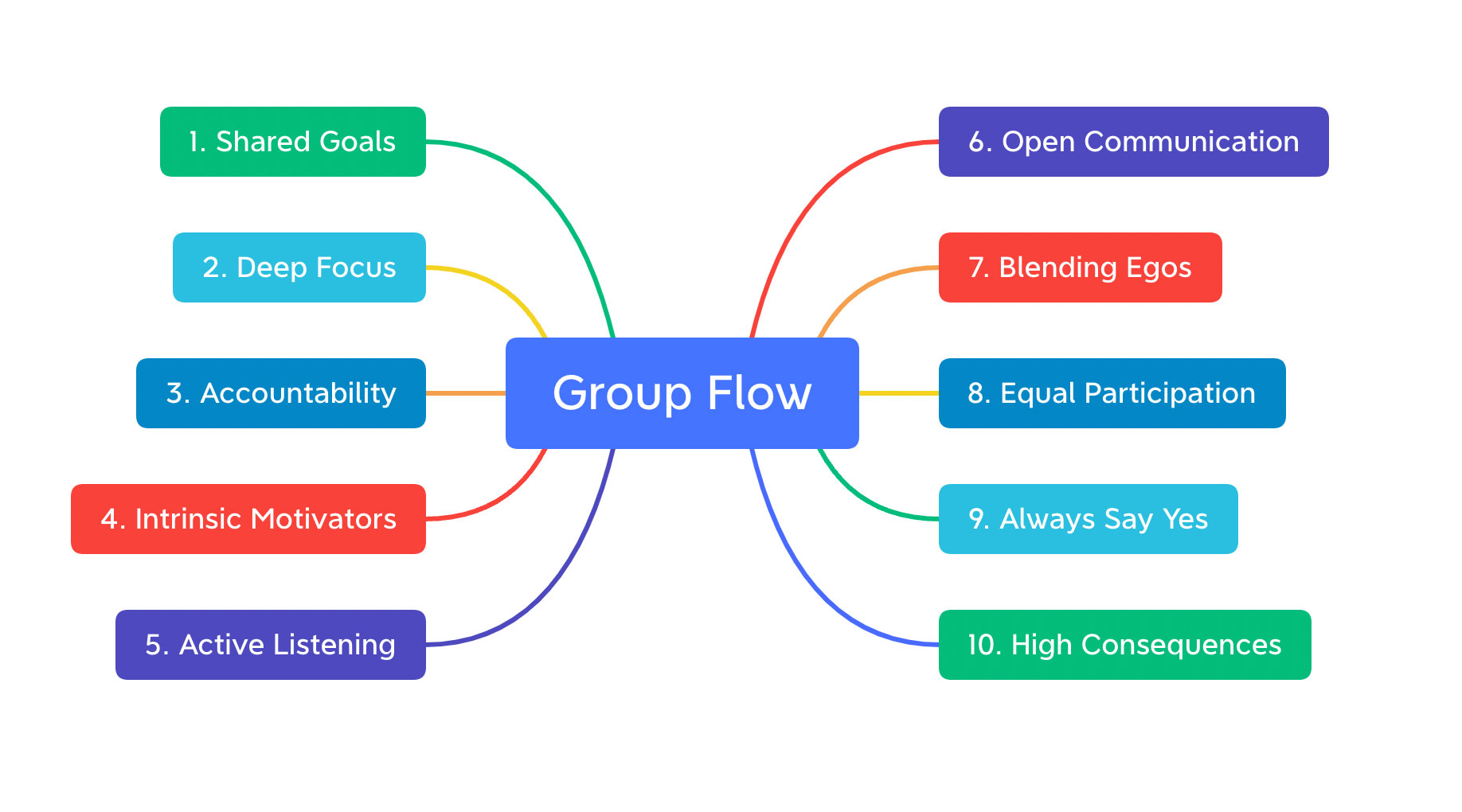
The digital age has made it much harder to pay attention and as a result, collaborative learning in groups and work on teams demands much greater facilitation and interactivity to keep people mentally engaged and actively participating.
Fortunately, Sawyer’s research has found that group flow isn’t just a matter of luck.
Rather, it tends to emerge when 10 key conditions are in place. By understanding these 10 conditions for collective group flow, you will find important lessons for making group collaboration a more effective and gratifying experience for participants.
1. Shared Goals
To create the necessary foundation for group flow there needs to be a strong sense of shared purpose in the form of collective values, mission and vision. Participants should be passionate about the group’s mission and committed to pushing their own creative boundaries.
The role of the leader in facilitating group flow is to create a shared space to bring the right people together and then actively coach the group to facilitate collaboration so everyone can meaningfully participate in the group’s collective decision-making process.
2. Deep Concentration
This group flow trigger is very important in this age of constant digital distraction. The role of the facilitator is to request that participants eliminate all distractions and interruptions so they can deeply concentrate on collaboration.
The deep focus necessary for sustained concentration flows from a process orientation rather than an outcome orientation. Group flow is more likely to happen when a group can draw a clear boundary between the group’s activity and everything else.
3. Active Listening
Group flow is more likely to emerge when everyone is fully engaged through what improvisers call “active listening”. This means members of the group don’t plan what they’re going to say next but listen deeply by staying anchored in a state of receptivity and mindful presence.
Sawyer’s research found that innovation and successful collaboration can be blocked when one or more of the participants already has a preconceived idea of how to reach the group’s goal, which improvisers pejoratively call “writing the script in your head.”
4. Intrinsic Motivators
Intrinsic motivation builds through particular ways of starting, managing and celebrating projects. This is where the power of group rituals comes in to create a collective shift to high performance through brief rehearsals, warm-up periods, or grounding exercises.
Group flow increases when people in the group feel a strong sense of autonomy, competence, and relatedness. Sawyers notes the paradox of this group flow principle:
“In group flow, unlike solo flow, control results in a paradox because participants must feel in control, yet at the same time they must remain flexible, listen closely, and always be willing to defer to the emergent flow of the group. The most innovative teams are the ones that can manage that paradox.”
5. Blending Egos
The role of the leader or facilitator is to create psychological safety where group members can freely speak their minds, be vulnerable and take social risks. When people feel psychologically safe, they are much more able to fully express themselves and feel a deep sense of connection with the group.
Participants need to feel safe raising controversial issues or alternative solutions without feeling they will be singled out. This is crucial to avoid the tendency in groups toward what’s called groupthink, where the desire for harmony or conformity results in irrational or dysfunctional decision-making outcomes.
6. Equal Participation
We all know how badly group collaboration can go when some members of the group get lazy and don’t contribute. The role of the leader is to bring together people with a shared purpose and the necessary skills and intrinsic desire to perform at a high level.
Group flow is more likely to occur when all participants play an equal role in the collective performance of the group. It can be blocked if anyone’s skill level is significantly below that of the rest of the group’s members, which is why professional athletes don’t enjoy playing with amateurs because the professionals will be bored and the amateurs will feel frustrated.
7. Familiarity
Group flow is more likely to happen when team members know the performance style of their teammates. For familiarity to develop the group needs to meet regularly and the facilitator should coach participants to inspire meaningful play and banter between members so they can get to know how to play and interact.
The deepest engagement tends to happen when the leader creates opportunities for participants to learn from each other, not just directly from themselves. Research has also found that familiarity increases productivity and decision-making effectiveness.
8. Good Communication
Group flow requires constant communication, not just in formalized settings like meetings but in more freewheeling, spontaneous conversations in the hallway, or in social settings after work or at lunch.
For group coaching to be effective, leaders should make it easy for team members to collaborate and interact with each other outside of scheduled meetings. The best group flow coaching communities and collaborative teams are those that enjoy spending time interacting with each other where members stay in close contact by texting, calling and hanging out with each other.
9. Always Say Yes
Keith Sawyer’s research also found that group flow flourishes when participants “follow the first rule of improvisational acting: ‘Yes, and . . .'” This means listening closely to what’s being said; accepting it fully; and then extending and building on it, which creates momentum that is essential for getting a group into a collective flow state of peak performance.
People enjoy working with other people that encourage and empower them to be their best. The best teachers, facilitators and leaders are those who excel in encouraging, motivating and inspiring others in a similar way to how coaches work with athletes to consistently level up their performance.
10. The Potential for Failure
Group flow also involves embracing risk to accelerate the learning curve and force people in the group to rapidly come up with solutions. A great leader or coach can facilitate rapid skill acquisition by helping group members overcome obstacles that they’ve been struggling with for years.
It’s often much easier to embrace risks and manage failure when you are working with others and sharing responsibility in a community. This is why group flow coaching and leadership can be so powerful for helping individual members reach a higher state of performance.
Here’s one last fascinating insight from Sawyer’s psychological research:
“During rehearsal, jazz ensembles rarely experience flow; it seems to require an audience and the accompanying risk of real, meaningful failure… There’s no creativity without failure, and there’s no group flow without the risk of failure. Since group flow is often what produces the most significant innovations, these two common research findings go hand in hand.
There’s a way to rehearse and improve, even in the business world. Psychological studies of expertise have shown that in every walk of life, from arts and science to business, the highest performers are those who engage in deliberate practice— as they’re doing a task, they’re constantly thinking about how they could be doing it better, and looking for lessons that they can use next time. The key is to treat every activity as a rehearsal for the next time…”
In conclusion, the foundation for creating group flow experiences is to build a strong sense of collective purpose and shared goals.
To be a great teacher, facilitator and leader in this age of distraction and short attention spans, it’s important to think like a coach and use these group flow principles for coaching and leadership to create a collaborative environment where both individuals and the collective group can thrive.
This way you can start creating collective flow experiences that will make your leadership, coaching and facilitation a lot more effective.

